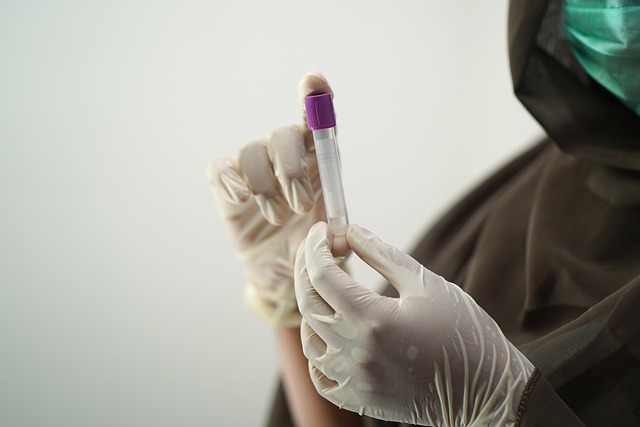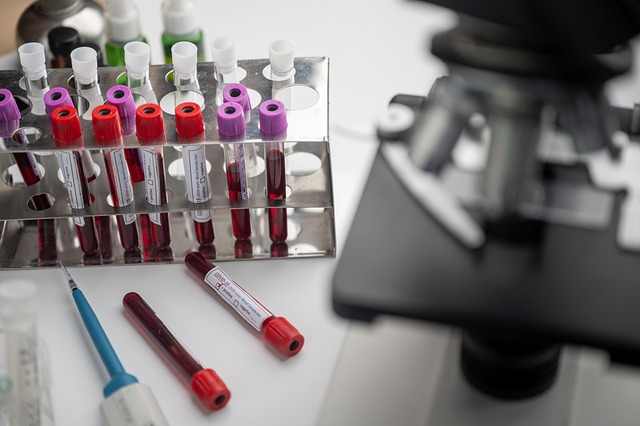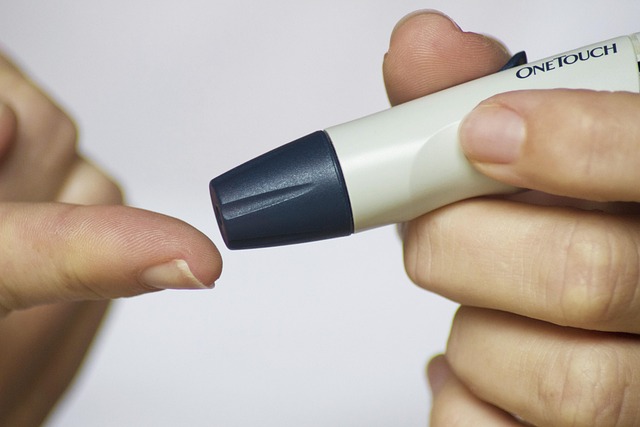Iron deficiency anemia, characterized by low red blood cells, is often diagnosed via an Iron Blood Test UK, which checks hemoglobin and iron levels. Symptoms like fatigue, pale skin, and shortness of breath may be overlooked but warrant discussion with a healthcare provider who can recommend the test. Blood tests, including ferritin, transferrin saturation, and serum iron levels, confirm anemia and guide treatment like iron supplements or dietary changes.
Iron deficiency anemia is a common yet treatable condition, often caused by low iron levels in the blood. This comprehensive guide explores the essential aspect of diagnosing this anemia through blood tests, focusing on the UK perspective. Understanding iron’s role in the body and recognizing symptoms are key steps before undergoing testing. We’ll delve into the specific blood parameters measured and what they indicate, empowering you with knowledge about Iron Blood Test UK procedures.
- Understanding Iron Deficiency Anemia
- Common Symptoms and Diagnosis
- Blood Testing for Iron Levels in the UK
Understanding Iron Deficiency Anemia

Iron deficiency anemia is a common blood disorder where the body doesn’t have enough healthy red blood cells, leading to poor oxygen supply to vital organs and tissues. This condition often results from inadequate iron intake or loss through bleeding. In the UK, iron blood tests are crucial in diagnosing this condition, as iron is an essential mineral that plays a vital role in producing hemoglobin, the protein in red blood cells responsible for carrying oxygen.
Understanding Iron Deficiency Anemia involves recognizing symptoms like fatigue, weakness, pale skin, shortness of breath, and dizziness. If left untreated, it can lead to more serious health issues. A simple Iron Blood Test UK is often the first step in identifying anemia. This test measures the level of hemoglobin in your blood and checks for iron deficiency, helping healthcare professionals determine the best course of action to enhance iron levels and prevent further complications.
Common Symptoms and Diagnosis

Many people with iron deficiency anaemia may experience a range of common symptoms, often overlooking them as they can be easily attributed to other conditions or simply put down to feeling run-down. These include fatigue and weakness, pale skin, shortness of breath, dizziness or lightheadedness, headaches, cold hands and feet, and tingling or numbness in the extremities. Some may also notice dark or tarry stools. If you suspect any of these symptoms, it’s crucial to discuss them with your healthcare provider who can recommend an iron blood test UK to confirm a diagnosis.
Diagnosis for iron deficiency anaemia typically involves a combination of a complete blood count (CBC) and further testing to measure iron levels in the blood. The CBC helps identify low red blood cell counts or abnormalities, while specific iron blood tests will check your ferritin levels, which store iron in your body. Low ferritin levels often indicate iron deficiency anaemia. These tests are straightforward and can be carried out by most healthcare providers in the UK, offering a clear picture of your iron status to guide treatment.
Blood Testing for Iron Levels in the UK

In the UK, blood testing for iron levels is a common method to diagnose iron deficiency anemia, a condition where the body lacks enough healthy red blood cells due to low iron absorption. This process typically involves drawing a small sample of blood from a patient’s vein, usually in a clinic or hospital setting. The sample is then sent to a laboratory for analysis, where specialized tests are conducted to measure the amount of iron present in the blood.
One of the primary blood tests used is the ferritin test, which measures the level of ferritin—a protein that stores iron in the body. Low ferritin levels often indicate iron deficiency. Other related tests may include transferrin saturation and serum iron levels. These tests provide crucial information for healthcare professionals to confirm anemia and determine the appropriate treatment, such as iron supplements or dietary changes, to restore iron levels and improve overall health.
Iron deficiency anemia is a common yet treatable condition, and blood tests play a crucial role in its diagnosis. In the UK, healthcare professionals utilize various blood testing methods to assess iron levels accurately. By identifying low iron concentrations early on, individuals can receive appropriate treatment, such as dietary adjustments or supplements, to alleviate symptoms and restore overall health. Understanding the process of Iron Blood Test UK is an essential step towards managing this condition effectively.
